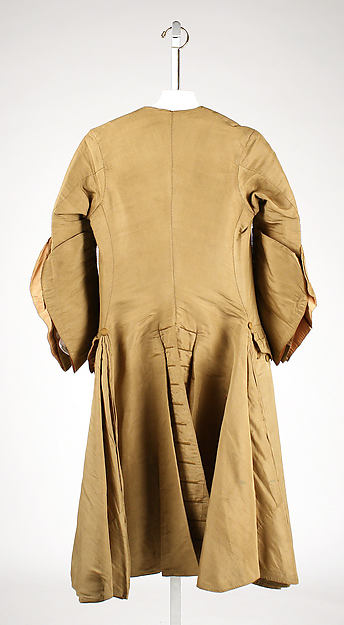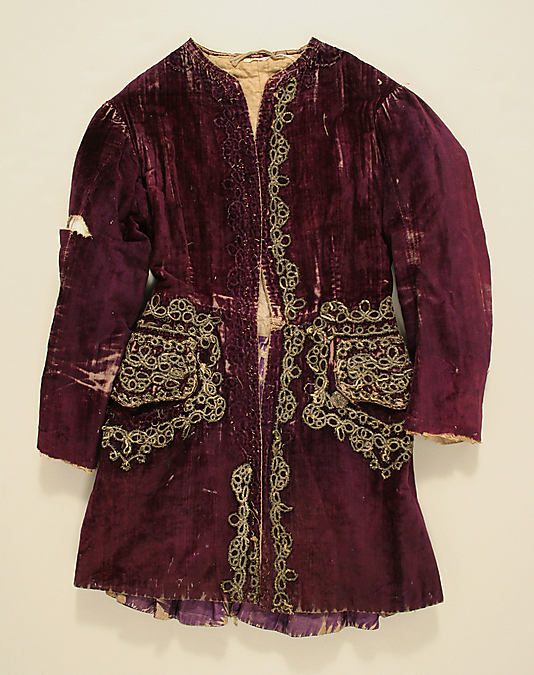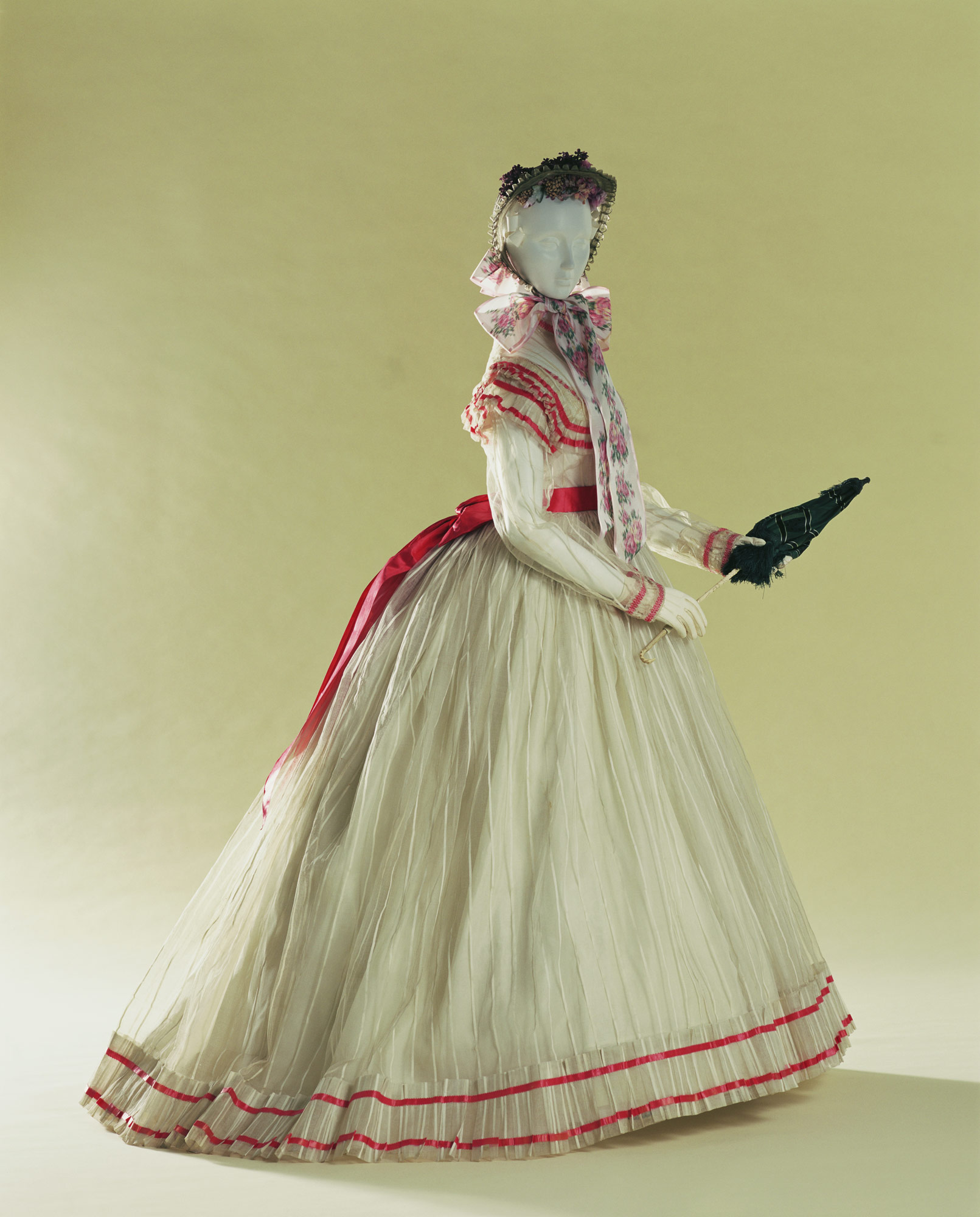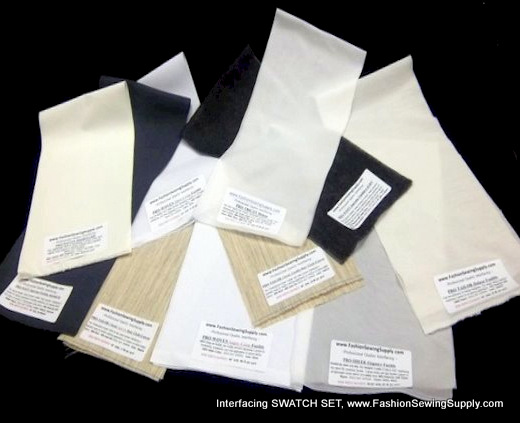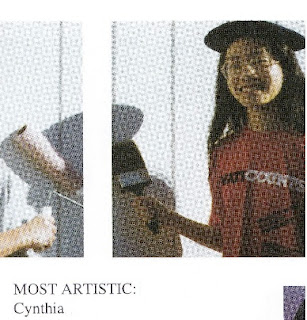Okay, I know, just because it's got brown "wood" bits and brass-colored bits doesn't make it steampunk anymore than sticking gears on clothes does, but work with me here, okay?
I just really needed a fun project that didn't involve sewing, and getting my hands dirty with paint fit the bill. I also learned that painting plastic with nail polish is difficult...possibly because nail polish is meant to, you know, go on nails, not cheap plastic, so I did something like ten coats to get it to look normal. Then again, that might just be because I never paint my nails, so I have no idea if there are any special techniques to minimize obvious brush strokes.
There's not much to say about this project that I didn't already say about my previous steampunk gun, other than that I might have gotten a bit overeager in my weathering process. The black paint is quite a bit heavier...I guess this gun's just seen more action? And like my previous project, I glued on some stash buttons to pretty it up.
So that's yet another painted plastic gun floating around the blogosphere now, and now I'm going to beat a different dead horse and join the list of bloggers who are like, hey, in case you didn't know, Google Reader is just like that dead horse, and if you want to continue reading blogs you need to take Drastic Steps! Subscribing via email, switching over to Bloglovin' or Feedly, etc. etc. etc. I'll also say that, thanks to summer vacation, I've been able to set up three additional forms of social media in case you need moreWalnut Cation Designs in your life:
 |
| Button leftover from Elaine's elven gown. |
So that's yet another painted plastic gun floating around the blogosphere now, and now I'm going to beat a different dead horse and join the list of bloggers who are like, hey, in case you didn't know, Google Reader is just like that dead horse, and if you want to continue reading blogs you need to take Drastic Steps! Subscribing via email, switching over to Bloglovin' or Feedly, etc. etc. etc. I'll also say that, thanks to summer vacation, I've been able to set up three additional forms of social media in case you need more
- Twitter: Honestly, I'm still not sure what to do with this. I tweet random things when I remember to check it.)
- Instagram: Mostly just Walnut pictures, so if you've ever wanted to see more of him, now you know where to find him!)
- Facebook: Brand new page! Like it if you're so inclined. I'll post updates when I've got new blog posts, and it's an easy way to look at pictures of my finished projects all at once, without having to scroll to pages and pages of archives here on the blog.
What kind of projects do you do when you need to take a break from sewing? Or do you just never need to take a break from such an awesome hobby?
















